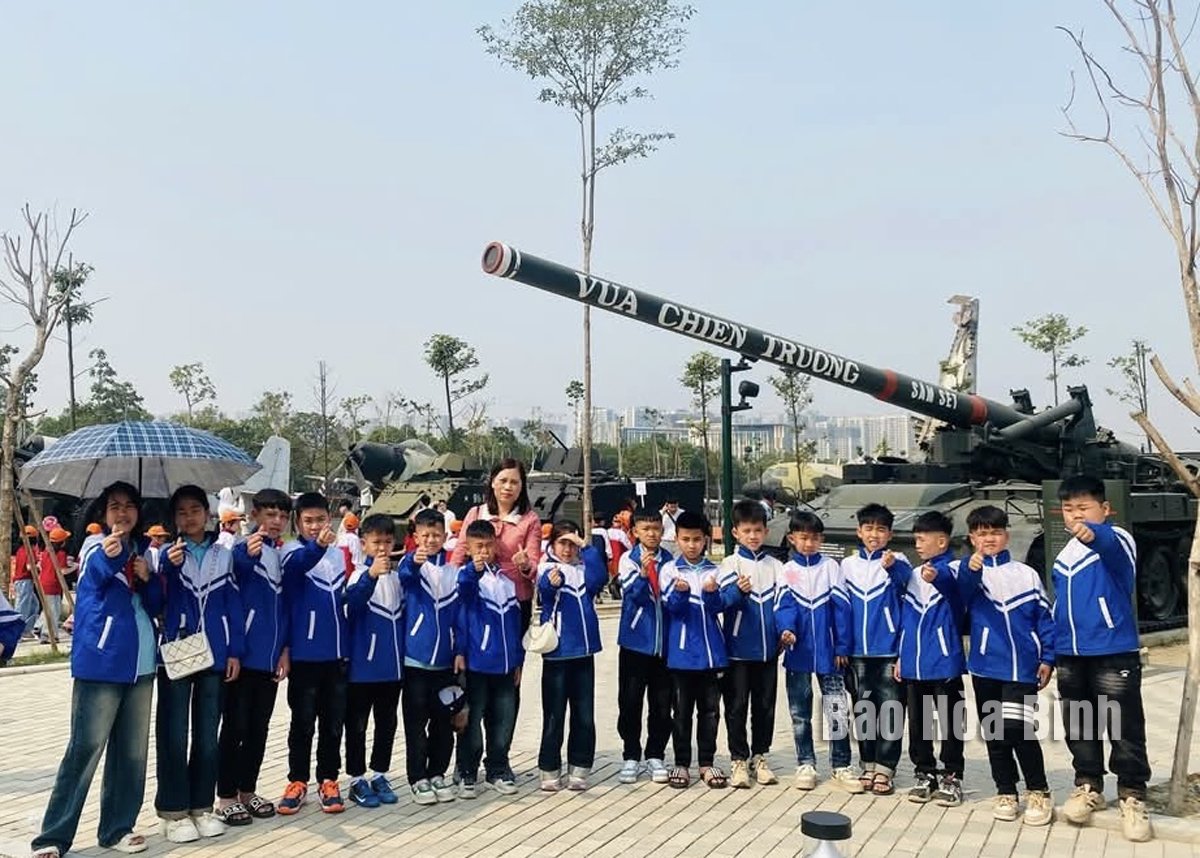
Teachers and students of Nat Son Primary and Secondary School, Kim Boi district visited the Vietnam Military History Museum in April 2025.
Since the end of 2024, when passing through Thang Long Avenue in Tay Mo and Dai Mo wards, Nam Tu Liem district, Hanoi , I have witnessed a long line of people (mainly students and veterans) waiting to visit. It turns out that the Vietnam Military History Museum started to open its doors to welcome and serve visitors for free from April 11, 2025; it will not start charging fees until mid-April 2025. I came here at a time when the museum was charging a fee of 40,000 VND/ticket. However, the crowd of visitors was still as crowded as... a festival. That shows the magical attraction of this special space.
Indeed, as soon as I stepped into the gate, I was really overwhelmed by the vast space and special architecture of the museum. It is known that the main building of the museum has 4 floors above ground, 1 ground floor, with a construction area of 23,198 m² and a total floor area of up to 64,640 m², an overall height of 35.8 m. The museum is currently preserving more than 150,000 artifacts, including 4 national treasures and many other valuable artifacts. In particular, the museum has put into operation a series of modern technologies such as: 3D mapping sand tables illustrating typical battles and campaigns such as Dien Bien Phu Campaign, Ho Chi Minh Campaign ...
Overall, the building is designed simply but modernly, showing the flow of history in an intuitive and harmonious way. Stepping through the gate, everyone takes the opportunity to capture the moment standing at the foot of the 45-meter-high Victory Tower, designed majestically and firmly right in the front yard. The number 45 has a symbolic meaning: 1945 is the year Vietnam gained independence. Next, visitors will walk through the left and right wings of the museum to visit, learn and take souvenir photos.
The left wing of the museum displays weapons and equipment used by the Vietnamese army and people in the resistance war against the French colonialists and the invading American imperialists, as well as in training and combat readiness during the period of national construction and defense. Typical examples include: 85mm artillery, 57mm anti-aircraft artillery, PT-67 tank number 555, MiG-17 aircraft number 2047, SU-22 aircraft... The right wing of the museum displays weapons and equipment used by the French and American armies in the war of aggression against Vietnam, with artillery, infantry fighting vehicles, and tanks. In particular, there is the M-107 self-propelled artillery with a caliber of 175mm, known as the "king of the battlefield", along with many types of aircraft left behind by the US army after the war such as A-37, F-5E, CH-47, C-130 and dozens of types of bombs used in the Vietnam War.
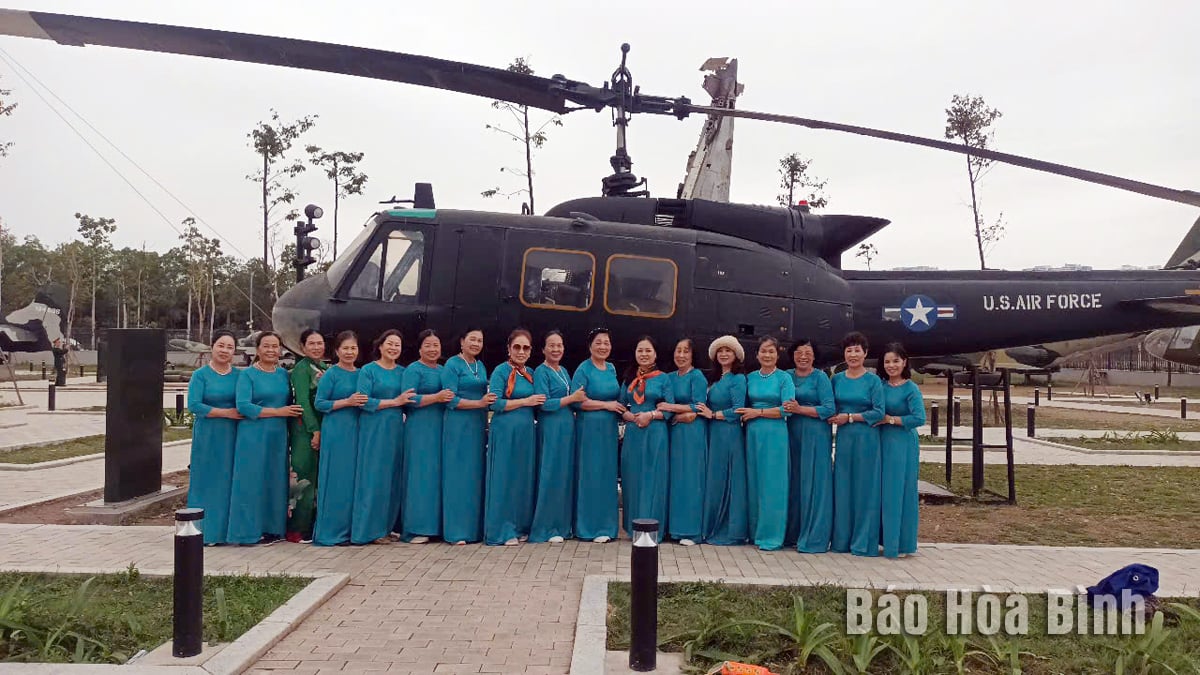
Tourists take souvenir photos outside the Vietnam Military History Museum.
The space inside the main hall of the museum attracts attention with the LED screen and the MiG-21 aircraft hanging high up. The large LED screen shows films and videos introducing the beauty of Vietnam along with content about the history, culture, and traditions of building and defending the country. The "Silver Swallow" MiG-21 with the serial number 4324 is suspended by a cable from the roof, creating the feeling of taking off to protect the sky of the Fatherland.
According to the explanation, during the resistance war against the US to save the country, there were 9 pilots who flew this MiG-21, took off 69 times, encountered the enemy 22 times, fired 16 times and shot down 14 US planes. On the fuselage of the plane are printed 14 red stars symbolizing 14 feats of shooting down enemy planes. This is 1 of 4 national treasures on display at the museum, including: 2 MiG-21 planes with serial numbers 4324 and 5121; T-54B tank with serial number 843 - one of the first tanks to crash into the side gate of the Independence Palace at noon on April 30, 1975 and a map of the determination to fight in the historic Ho Chi Minh Campaign.
The exhibition space inside the museum on the first floor is divided into 6 topics: The beginning of the country's founding and defense; Protecting independence (939 - 1858); Fighting against French colonialism, gaining national independence (1858 - 1945); Resistance against French colonialism (1945 - 1954); Resistance against the US (1954 - 1975); Building and defending the country (1976 to present). The topics are arranged in chronological order and have a reasonable layout; the artifacts are all specifically annotated, attached with event information. Along with that is the diversity in the types of display, including text, information lookup screens, photo media, automatic audioguide explanations and QR codes to look up information about artifacts and images.
Coming to the museum, visitors not only see but also feel the difficult years and historical battles through artifacts, photos, articles, etc. Therefore, the museum can be seen as a "place to foster passion" for journalists.
Lam Nguyet (Contributor)
Source: https://baohoabinh.com.vn/16/201790/Noi-hun-duc-lua-nghe-cho-nguoi-lam-bao.htm










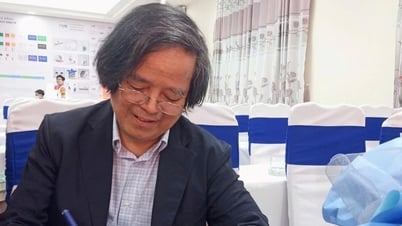




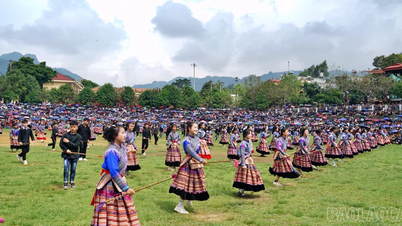






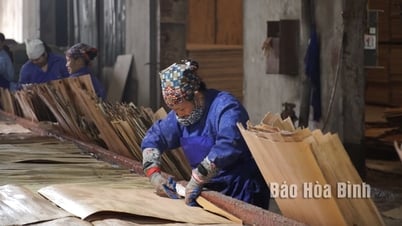

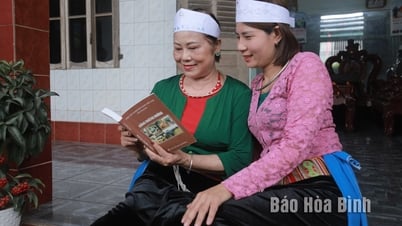
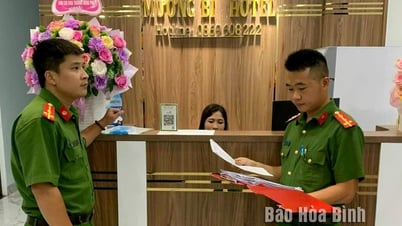
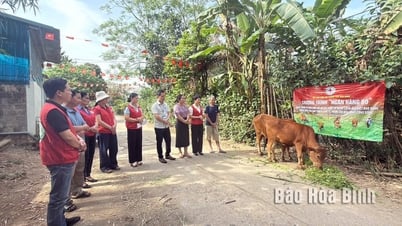



































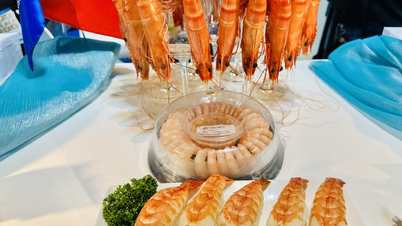













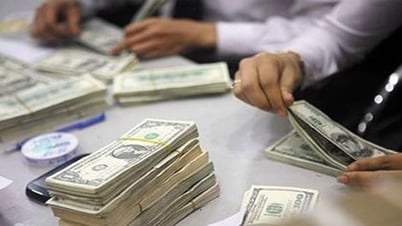
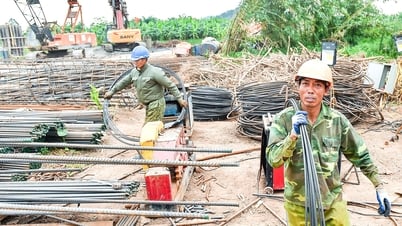



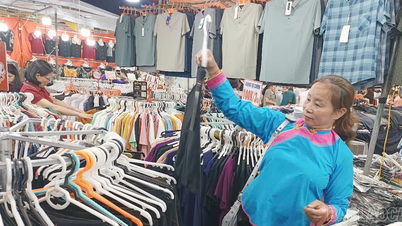






![[OCOP REVIEW] Tu Duyen Syrup - The essence of herbs from the mountains and forests of Nhu Thanh](https://vphoto.vietnam.vn/thumb/402x226/vietnam/resource/IMAGE/2025/6/5/58ca32fce4ec44039e444fbfae7e75ec)



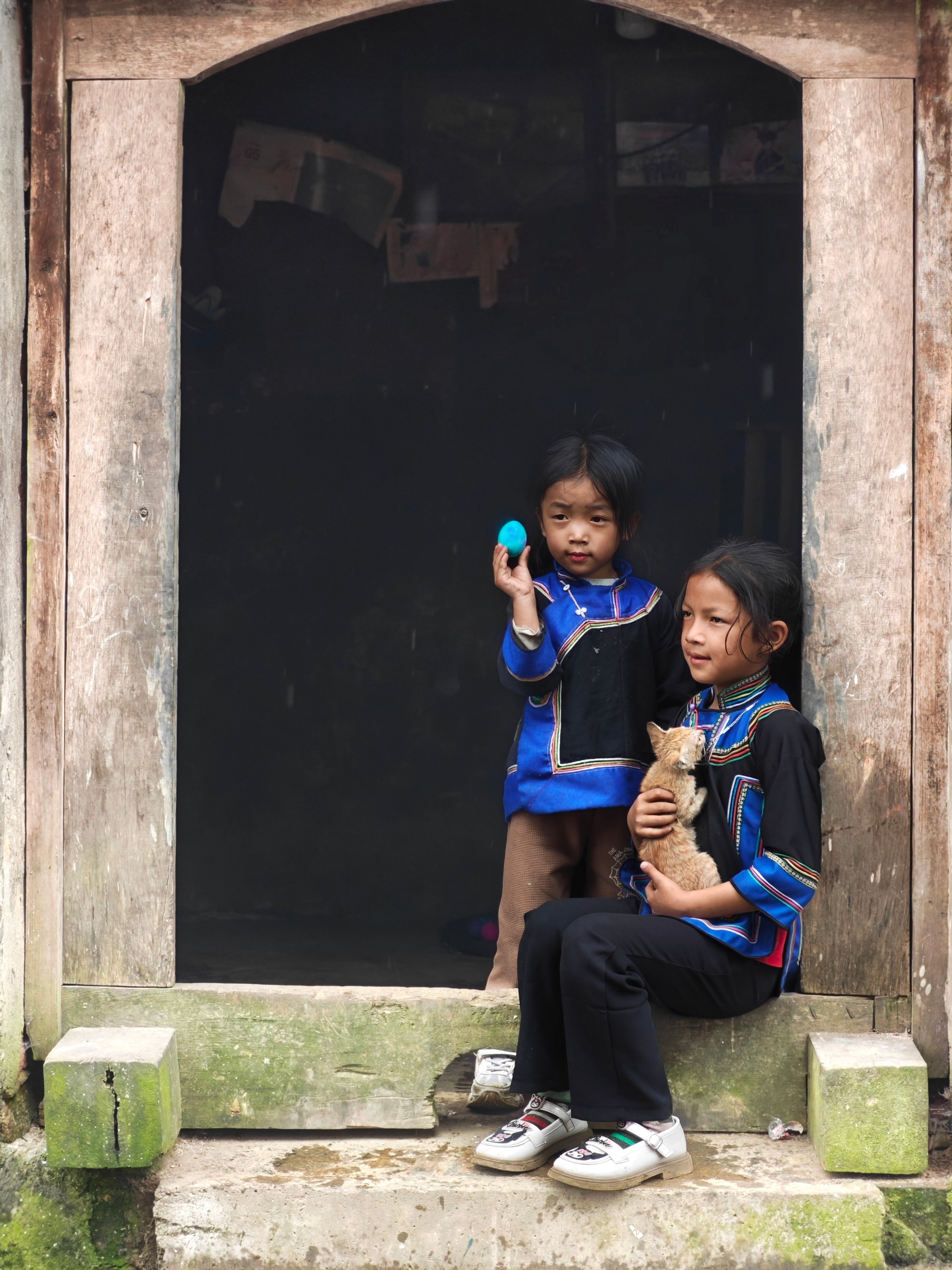


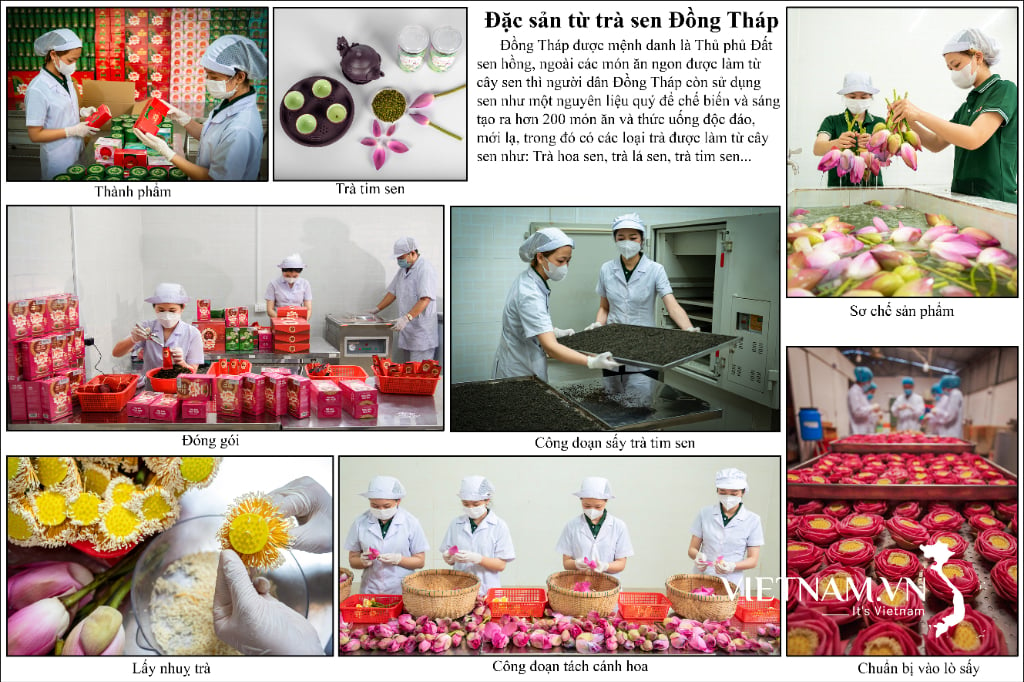
Comment (0)